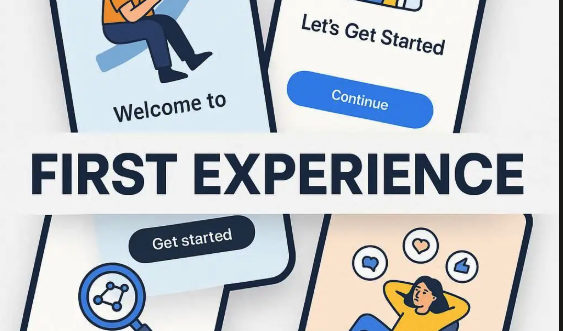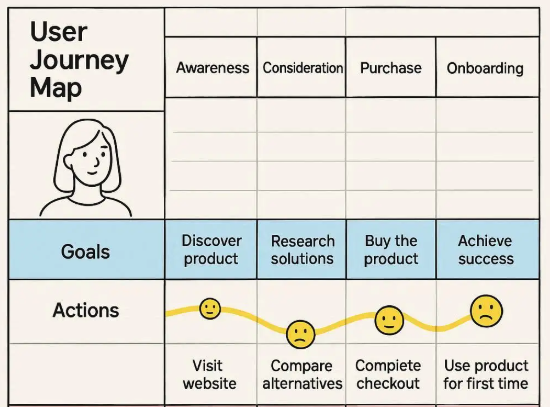Onboarding Wars: First 5 Min | 매거진에 참여하세요
Onboarding Wars: First 5 Min
#Onboarding #Signup #Strategy #5Minutes #Benchmarki #Value #Friction #Habit
How the First 5 Minutes Can Save (or Kill) a Startup
“Your first 5 minutes decide everything.”
Think about the moment you first try a new service, app, or SaaS product.
Signup → First screen → First action.
That tiny window of time determines the fate of the product.
- If it feels too complicated? → “Ugh, too much work.” → You churn.
- If it feels too simple, without context? → “Pointless.” → You delete.
- If it feels engaging? → “Nice. I’ll keep using it.”
Research consistently shows that over 70% of new users decide whether to stay or leave within the first 5 minutes.
That makes onboarding UX not a minor design detail , but a battlefield for survival.

Why Onboarding Is So Hard
Too many teams underestimate onboarding. They assume a quick tutorial or a few feature pop-ups are enough. Reality says otherwise:
Context matters:
An intuitive social app vs. a complex financial SaaS require completely different approaches.
User needs differ:
Beginners and power users want very different onboarding flows.
Barriers are real:
Account creation, permission requests, personal data input — each can drive users away.
Onboarding isn’t just UI design. It’s a strategic mix of psychology and behavioral economics.
The Three Pillars of Onboarding Strategy
1. Deliver Value Instantly
Users ask themselves: “Is this worth my time?”
Notion shows ready-to-use templates on the very first screen, so users feel productive immediately.
Pinterest floods the first search with endless image feeds — signaling “Here’s your endless source of inspiration.”
2. Minimize Friction
Every unnecessary step kills conversion.
Slack originally let you create a team and start chatting with just an email verification.
Spotify allowed instant login with social accounts, so you could play your first song in seconds.
3. Build Toward Habits
A good first impression isn’t enough , users need reasons to come back.
Duolingo gamifies language learning and sends push notifications to create a “5 minutes a day” routine.
Todoist sends morning reminders, naturally turning task management into a daily ritual.
Global Startup Benchmarks
Notion
→ “Let them use it right away.” Templates replace tutorials, encouraging hands-on learning.
Robinhood
→ “Reward expectation.” New users received a free stock, making the app instantly rewarding.
Canva
→ “Visual achievement.” Instead of slides, users drag-and-drop images from the first screen ,feeling like a designer from the start.

The Traps Startups Fall Into
Why do so many startups lose the onboarding war? Common pitfalls include:
- Feature dumps:
Endless explanations bore users.
- Excessive data requests:
Asking for phone numbers, IDs, or credit cards upfront drives people away.
- Overlong tutorials:
10-slide walkthroughs are skipped instantly.
- No real value:
Fancy animations don’t matter if the core product feels empty.
The Future of Onboarding
Onboarding will soon move beyond a static “signup flow.” The future is personalized, AI-powered onboarding.
AI observes first actions, then surfaces the most relevant features.
AI auto-completes setup, inferring data without endless forms.
Multi-agent AI could soon set up an entire workflow on behalf of the user.
In short, onboarding will shift from “time the user spends learning” → to “time AI spends preparing.”
Conclusion: The First 5 Minutes Are a Battlefield
A startup’s success or obscurity ultimately hinges on those first 5 minutes of UX.
Onboarding is not about pretty screens. It’s about delivering immediate value, removing friction, and designing for habit formation.
So the real question every startup must answer is:
“What does our first 5 minutes promise to the user?”






